What is CA (Cyanoacrylate) Glue? Types, Applications, and Pros & Cons
Whether you have a broken toy or an art project in your home, CA Glue is your trusty companion for repairs. It's the go-to product for fixing almost every broken item in your home, empowering you to take on these repairs yourself. Cyanoacrylate Glue, renowned for its rapid drying and strong bonding abilities, is a must-have for any DIY enthusiast or homeowner.

In this post, we will discuss CA glue and CA accelerator and highlight the common types, applications, pros, and cons of Cyanoacrylate Glue.
What is Cyanoacrylate Glue?
Cyanoacrylate glue is a fast-acting adhesive that forms strong bonds between materials through a process called polymerization. Polymerization is a chemical reaction where small molecules, called monomers, combine to form a large, chain-like structure, known as a polymer. In the case of Cyanoacrylate Glue, an acrylic monomer transforms into plastics in the presence of moisture, creating a strong bond. It is also commonly known as CA glue (a short form of cyanoacrylate) or Super Glue.

Cyanoacrylate glue (CA glue) is a popular household adhesive because of its rapid curing time. CA glue and an activator, also known as the CA glue accelerator, are applied together to significantly increase curing time. The activator triggers a chemical reaction that helps to increase the drying time. It's important to note that CA glue should be stored in a cool, dry place and sealed tightly to maintain its effectiveness. Additionally, it's crucial to handle it with care and use protective measures such as gloves and eye protection.
CA glue is not just a one-trick pony. It's a versatile adhesive that can form strong bonds in several materials, such as plastic, metal, wood, and ceramics. Its applications span across different types of home maintenance procedures, such as aquarium repairs, woodworking, and household repairs. This versatility is sure to intrigue craftsmen and individuals interested in adhesive products.
What Are The Types of CA Glue?
CA glue is divided into several based on its viscosity. Each CA Glue type has unique properties, drying time, and specific application. Here are the common types of CA glue; 
- Thin CA Glue
- Medium CA Glue
- Thick CA Glue
- Gel CA Glue
- Dark CA Glue
Thin CA Glue
Thin CA glue is a type of glue that has a thin thickness and a quick curing time of about 5 seconds. The thickness of thin CA glue is similar to water. It flows effortlessly into tight spaces, making it suitable for bonding materials with tiny cracks or gaps. Thin CA glue forms a thin layer of glue when applied. It is commonly used for light repairs, woodworking, and tight cracks. The properties of Thin CA glue include;
- Low Viscosity (similar to water).
- Excellent adhesion properties
- Fast curing time of 5 seconds.
- Flows easily for filling cracks and gaps.
- Suitable for bonding a wide range of materials.
Medium CA Glue
Medium CA glue is a thicker CA when compared to thin CA glue. It possesses a thicker consistency but a slower curing time than the Thin CA Glue. The viscosity of medium CA glue is similar to oil. Medium CA glue offers an oil-like flow, making it suitable for creating bonds in wide gaps. The flow of medium CA glue makes it easier to control its application. It is ideal for bonding metal, ceramics, plastics, and wood. The properties of medium CA glue include;
- Medium viscosity (similar to oil).
- Excellent adhesion properties
- Curing time of about 20 seconds.
- Flows steadily to fill cracks and gaps.
- Suitable for bonding a wide range of materials.
Thick CA Glue
Thick CA is a type of glue with a dense consistency, similar to gel. It has a curing time of 50 seconds. The viscosity of thick CA glue prevents excessive flow. This makes thick CA glue the ideal adhesive when precise application is needed. It is suitable for filling large gaps and cracks. They are also ideal for bonding a wide range of materials. The properties of thick CA glue include;
- High viscosity (similar to gel).
- Excellent adhesion properties
- A Curing time of about 50 seconds.
- Flows steadily to fill cracks and gaps.
- Suitable for bonding a wide range of materials.
Gel CA Glue
Gel CA glue is similar to thick CA glue. It has a dense consistency and high viscosity. It is used in wide gaps and cracks. It offers fast curing and superior adhesion properties. Gel CA glue is suitable for bonding porous surfaces, assembling shop jigs, and other household repairs.
- High viscosity (similar to gel).
- Superior adhesion properties
- Fast Curing time similar to thick CA glue.
- Suitable for bonding a wide range of materials.
Dark CA Glue
Dark CA glue is a special type of super glue with a dark color. Unlike other common types of clear and translucent CA Glue, dark CA Glue is usually tinted in black. It is used to hide faults, fill dark gaps, or conceal glue lines. Like other CA glue, dark CA Glue comes in different thicknesses and offers strong adhesion.
- Dark appearance
- Excellent adhesion properties
- Fast curing time.
- Suitable for bonding a wide range of materials.
What Are The Common Applications of Cyanoacrylate Glue?
Cyanoacrylate Glue bonds easily with different materials, even the skin, making it useful in several applications. The quick-drying ability and superior adhesion capabilities of CA glue make it suitable for domestic and industrial applications. Some of the common applications of CA glue are;

- General Household Repairs: Super glue is used to fix household items such as cracked ceramics, broken glassware, home aquariums, toys, and other items.
- Crafting and Modeling: CA glue is used in making sculptures, artworks, beads, rhinestones, etc
- Woodworking: CA glue bonds wood components, repairs furniture, and fills cracks. It is also ideal for bonding clarinet pads and fixing saxophones.
- Electronics Repair: It is used to assemble and repair electronic devices. It is also used to bond small electronic components and circuit boards.
- Medical Applications: CA glue is used in medical applications because it is biocompatible. It is commonly used as a replacement for sutures and as a tissue adhesive in wound closure or surgical procedures.
- Fingerprint Analysis: CA glue is used for fingerprint analysis in a process known as fuming. In fuming, fingerprints are analyzed by exposing them to CA glue vapors in a controlled environment. The vapor reacts with sweat and fingerprint oil to form a white residue. The residue is used to reveal fingerprints for analysis.
What Are The Advantages & Disadvantages of CA Glue?
CA glue is an essential household item used to fix different materials. Nevertheless, it has its pros and cons, like every other item. In this section, we will highlight some of the common advantages and disadvantages of CA Glue.

Advantages of CA Glue
- Fast Curing Time: CA glue dries quickly when in contact with moisture. It offers quicker curing time than other adhesives. A CA glue accelerator helps to increase the curing time for CA glue.
- Strong Bond: Super glue is popular because of its excellent bonding strength. It forms a strong bond with plastics, metals, and wood. The bond created by CA glue helps to impact, vibration, and wear.
- Easy to Use: CA glue has simple application methods. It is user-friendly for homeowners or DIY enthusiasts.
- Versatility: The versatility of a super glue is second to none. CA glue is not limited to household repairs; it is used in crafting, jewelry repairs, surgery, and automotive repairs.
- Precision Application: Most CA glue has nozzles for precise and easy application. Precise application is important for delicate electronic devices or circuit board repairs.
- Waterproof: CA glue is waterproof, making it suitable for repairs in damp materials. Superglue can maintain strong bonds when applied in moisture-prone areas such as plumbing.
- Cost-Effective: The cost of CA glue is affordable. They are usually available in small tubes.
Long Shelf Life: Cyanoacrylate glue is durable and offers a long shelf life. It also maintains effective bonding strength over a long period.
Disadvantages of CA Glue
FAQs
Is CA Glue Food Safe?
No, CA Glue is not food-safe. Super Glue contains toxic chemicals that are harmful when in contact with food.
Is CA The Same As Super Glue?
CA is the initials for Cyanoacrylate. CA glue is another name for Super Glue. CA glue is known as super glue because of its excellent adhesive ability and rapid-curing properties.
Can CA Glue Be Used On All Materials?
CA glue is used on various materials, including human skin. However, Super Glue is not suitable for use in some materials. They bond strongly with materials such as wood, glass, ceramics, and plastics.
Can CA Glue Be Used For Outdoor Projects?
Yes, CA glue is suitable for outdoor projects. They are used for outdoor furniture repairs, metal repairs, and outdoor plastics.
Is Ca Glue Toxic?
Yes, CA Glue contaiuns toxic material. It emits toxic chemicals and irritates when in contact with the skin.
How Should CA Glue Be Stored?
The best way to store CA glue is in a cool area or the refrigerator. This helps to increase its shelf life after it has been opened. You can also store CA Glue in silica dry packs to prevent moisture from coming in contact with it.
Author : Krakenbond Team




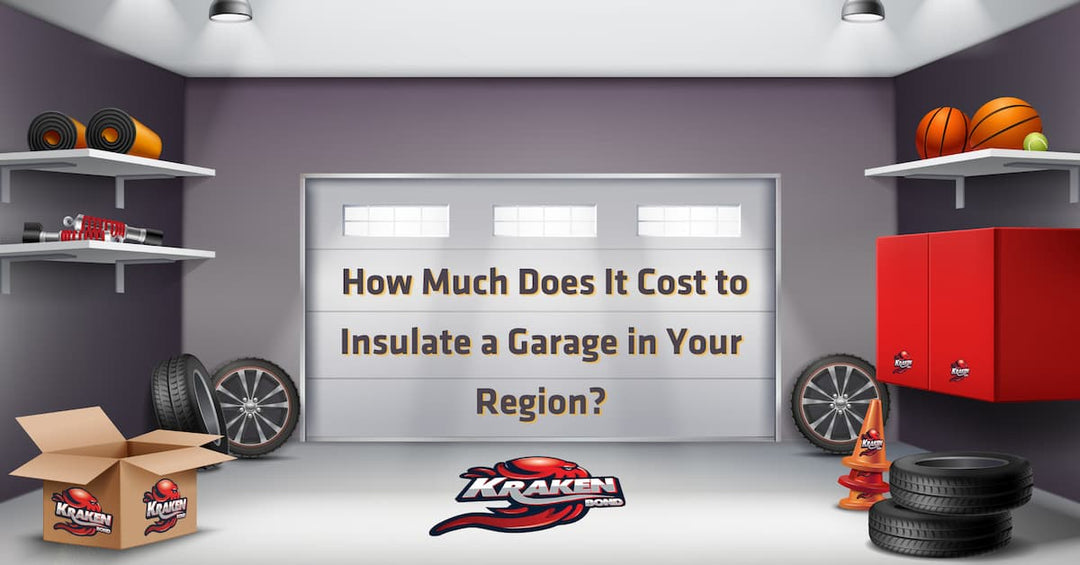
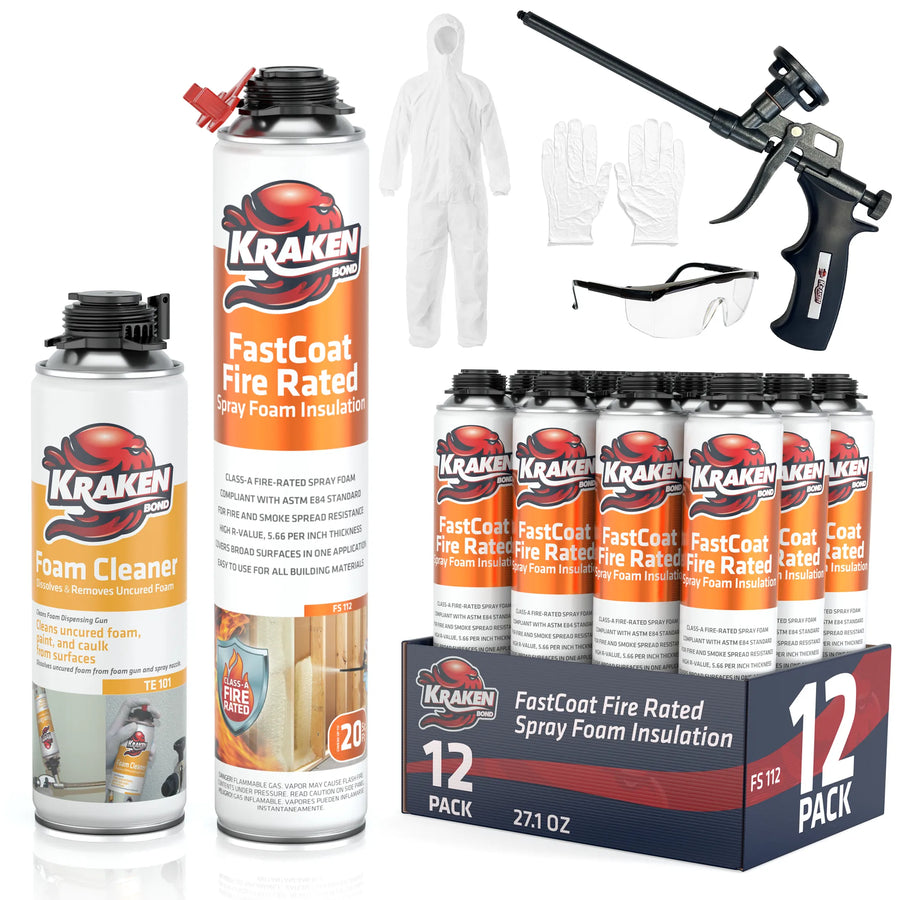








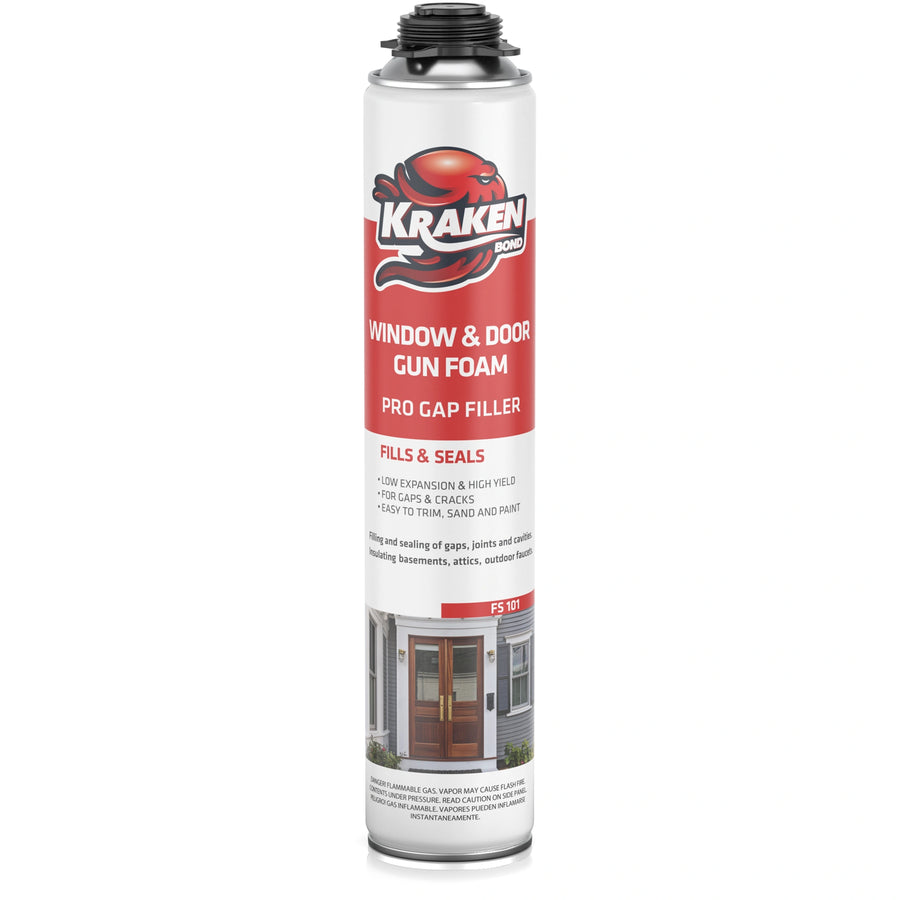
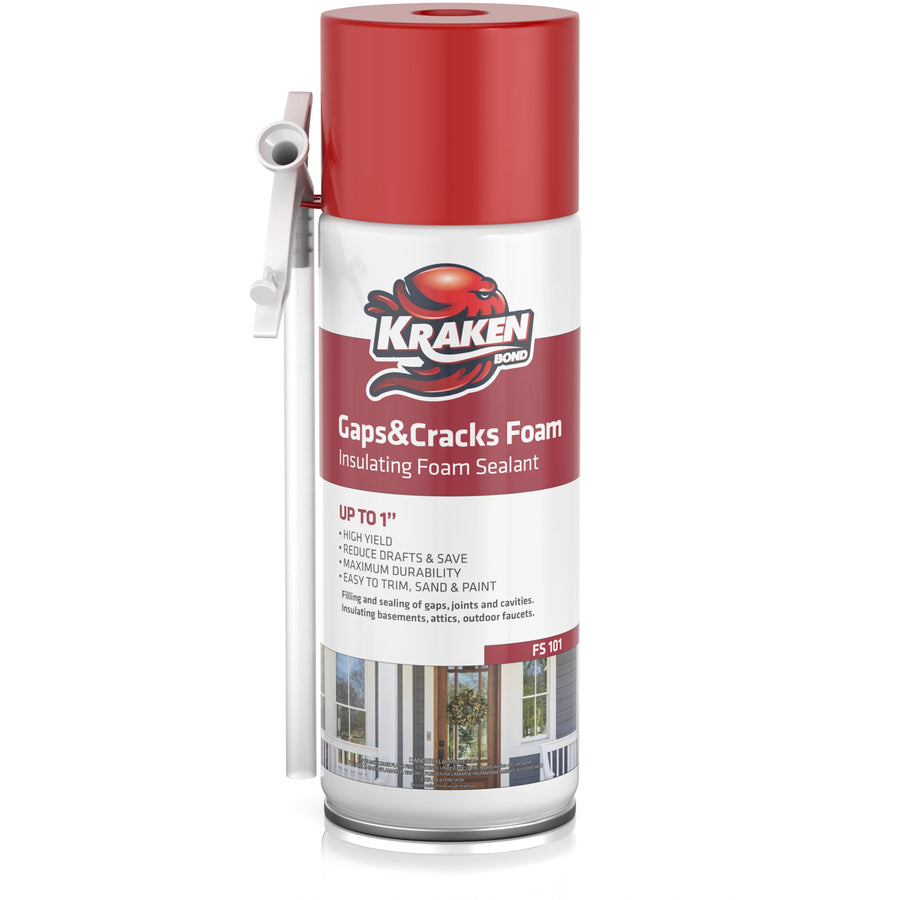
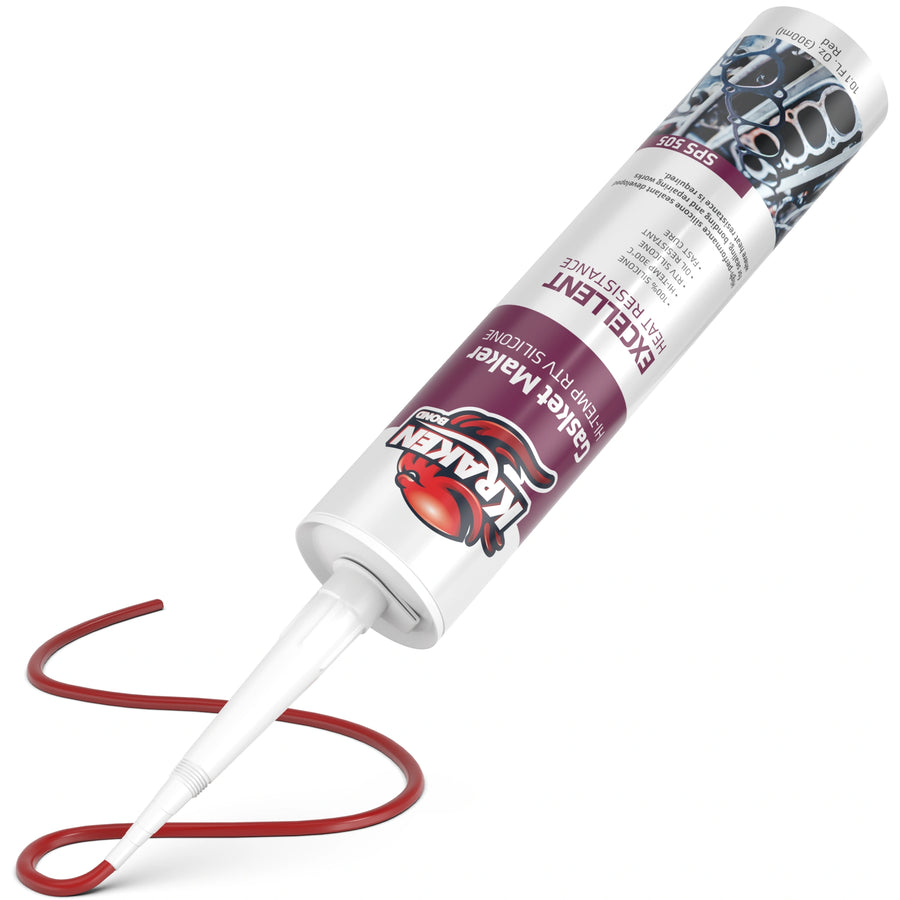
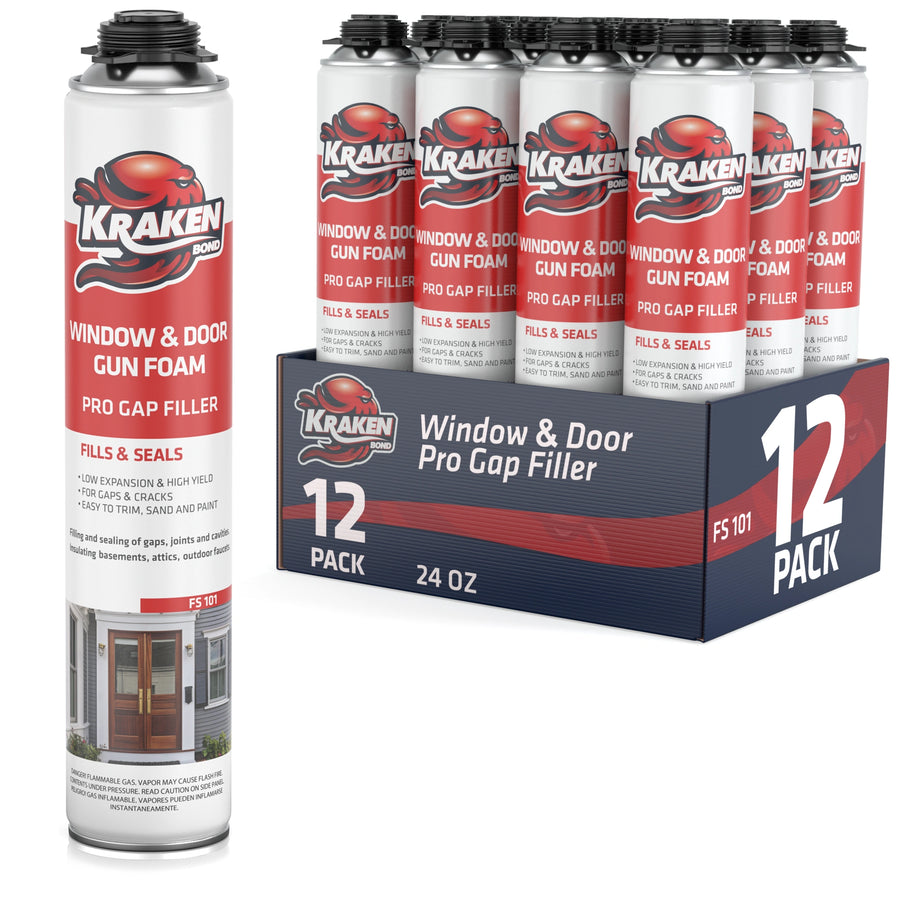
Leave a comment